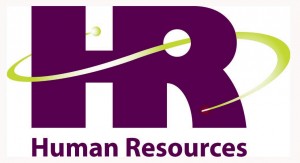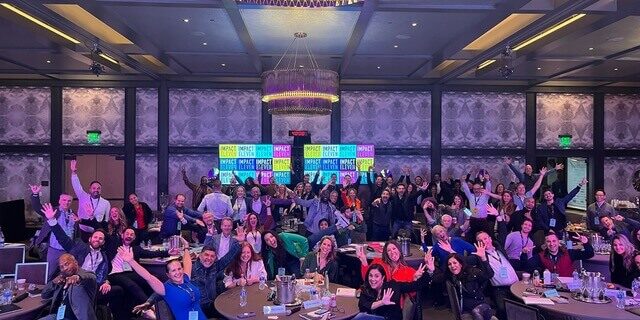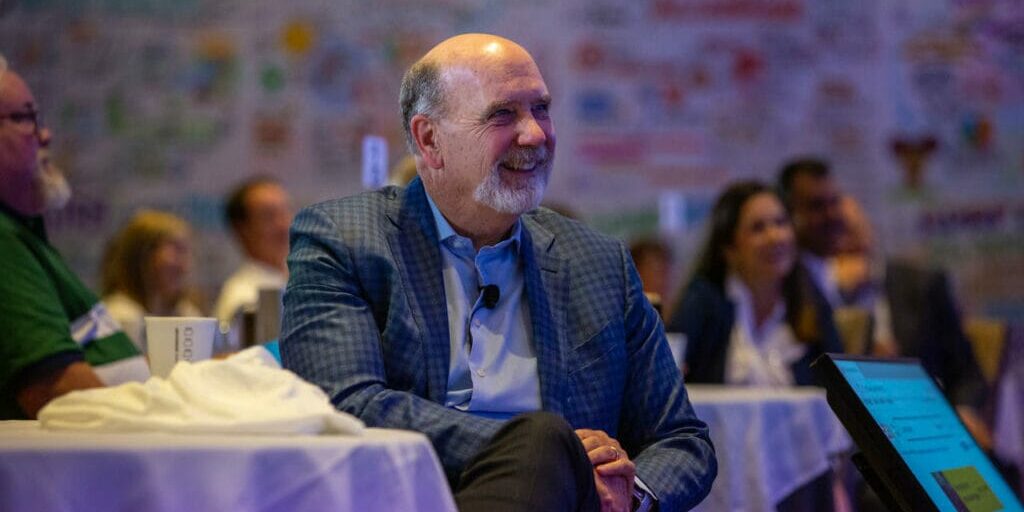
The practice of Human Resources is poised to look very different coming out of this recession. Through the recent challenging economic climate employers have been forced to confront harsh realities around image, reputation management, cost containment, employee engagement and productivity. As we prepare for the next growth cycle our approach to competitive talent strategy will require transformation. Globalization, commoditization, generational and technological drivers are accelerating change and introducing new challenges to the way we acquire, engage and manage human capital. Understanding the attitude and expectations of today’s workforce and building strategy to drive engagement, productivity and protect tier one talent will be mission critical to build the sustainable talent advantage necessary to win in today’s competitive marketplace.
While many organizations hit the pause button on infrastructure and investment in human capital over the last 12-18 months, those with more foresight and focus are poised to leverage an advantage. HR as a function also has an opportunity to emerge from this recession poised to contribute to business in a much more significant way – as the true custodians of the organizations talent – a function that will that will likely be more meaningful than any other as it relates to the opportunity to accelerate business growth.
Over the next year we’ll watch HR grow up and continue to evolve into its rightful place as a critical and strategic driver of business growth and sustained success. 4 keys that should transpire:
- Talent will emerge as a critical C suite issue. There isn’t going to be a labor shortage, but demand will escalate for certain critical skills and competencies. HR will need additional investment and resourcing will be procured by the practitioner community that can build a proof of concept business case and step into accountability that really matters to the business. In sports when the owner spends money to upgrade talent they expect it show up in the Win/Loss column and eventually a championship. Business is no different. Time to fill? Sourcing Data? Retention and Engagement trends. So what? Show me where/how it saves (or preferably makes) me money, contributes to growth and helps the 5 year vision become reality.
- Trust is a foundational issue impacting culture, engagement, performance and retention that many organizations must address to protect talent and avoid an exodus of skill as recovery provides more opportunity. Reports of employee engagement rising slightly during this recession are indicative of people feeling more trapped than engaged and recognizing there were opportunity limitations in considering a career transition. That will change. “54% of employed Americans plan to look for a new job once the economy rebounds. The sentiment is even stronger among younger workers, with nearly 75 percent of those between ages 18 and 29 reported as likely to look for new jobs once the economy turns around.” At the heart of the issue is Communication and Competency. Organizations must do a better job in the next 12 months connecting with talent and investing in their human capital (training). That is part of the protection strategy.
- Technology is an enabler that can help HR transform and the burden of assessment/selection relative to the right solutions suite for the business need is imperative. The vendor community is a buzz with tools and claims creating more confusion than ever in the marketplace (and they will have an escalating proof of concept challenge also). A future directed HR organization will have embedded expertise to evaluate, integrate and leverage new tools and technology to accomplish business objectives. The way we connect and communicate has forever changed and that is an advantage for organizations invested in building community to impact culture. That doesn’t mean everyone needs to be on Twitter. There is a balance and intersection between High Tech/High Touch. You can’t automate relationships. But you can expedite your opportunity to have more of the right kind of introductions and leverage new tools to aid performance.
- Transition is a natural outcome and we’ll see more talent from outside the HR industry migrate in to drive innovation. I see it regularly. Good marketing/communications and PR talent entering the space. Finance and operations migrating in as well. As the practice becomes ever more critical to business success HR could generate more interest from non-traditional talent and/or more placement from executives who demand a different outcome.
The Time for HR to rise to the occasion has never been better. A favorite quote of mine from the Jim Collins book Good to Great is: “Great organizations preparing for the future know the ultimate throttle on business growth and success isn’t just about markets, technology, and innovation. In fact, there is one critical consideration above all others: the ability to get and keep enough of the right people.” That should be the HR mission and for many companies that need to focus on Talent First, there is much work to be done in 2010.


![[RYAN] Featured_Why Human-Centered Leadership Is the Future of Growth [RYAN] Featured_Why Human-Centered Leadership Is the Future of Growth](https://ryanestis.com/wp-content/uploads/bb-plugin/cache/RYAN-Featured_Why-Human-Centered-Leadership-Is-the-Future-of-Growth-1024x538-panorama-78e9dc1762c564216c0e9d2780c005b1-.jpg)







